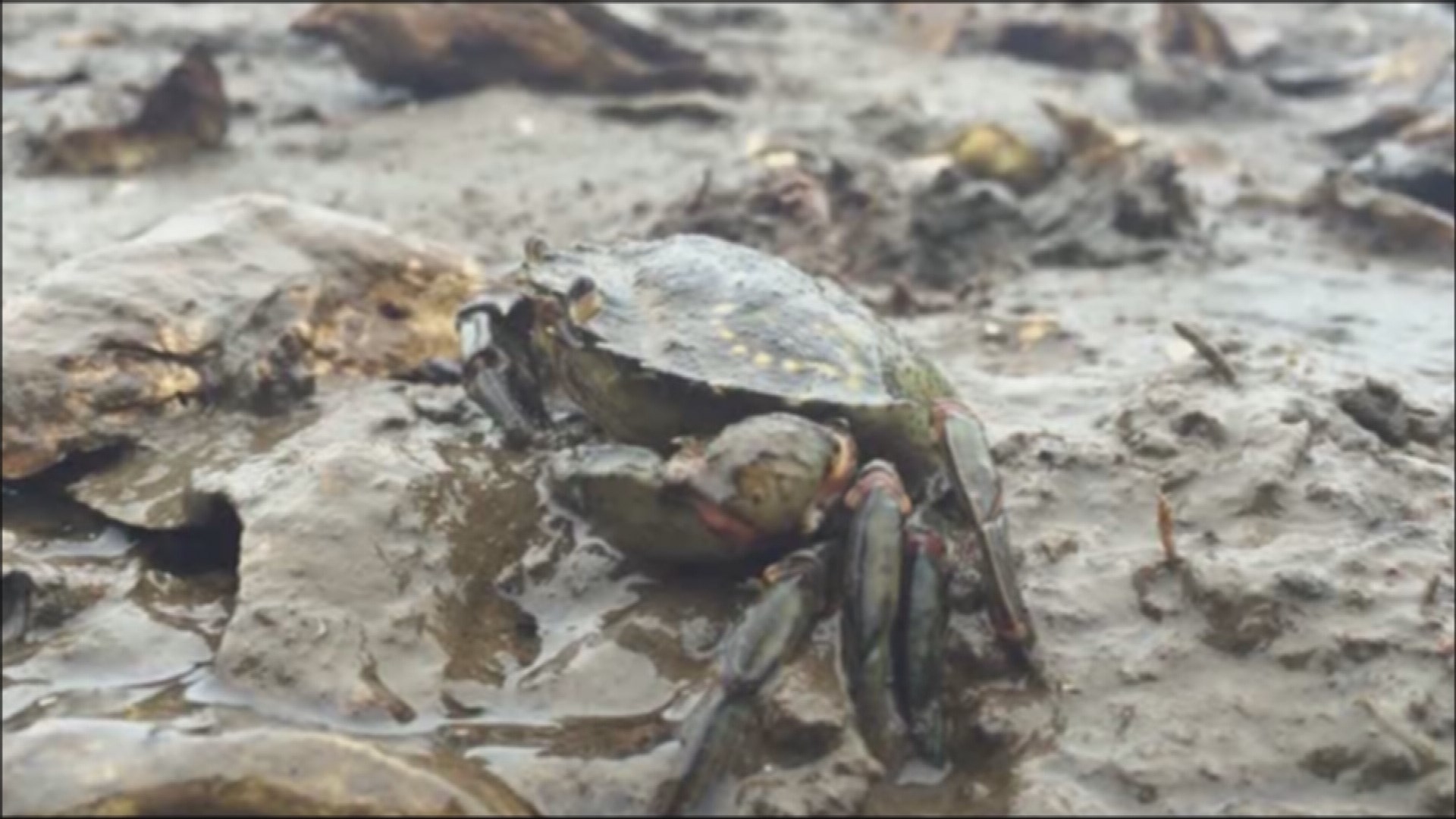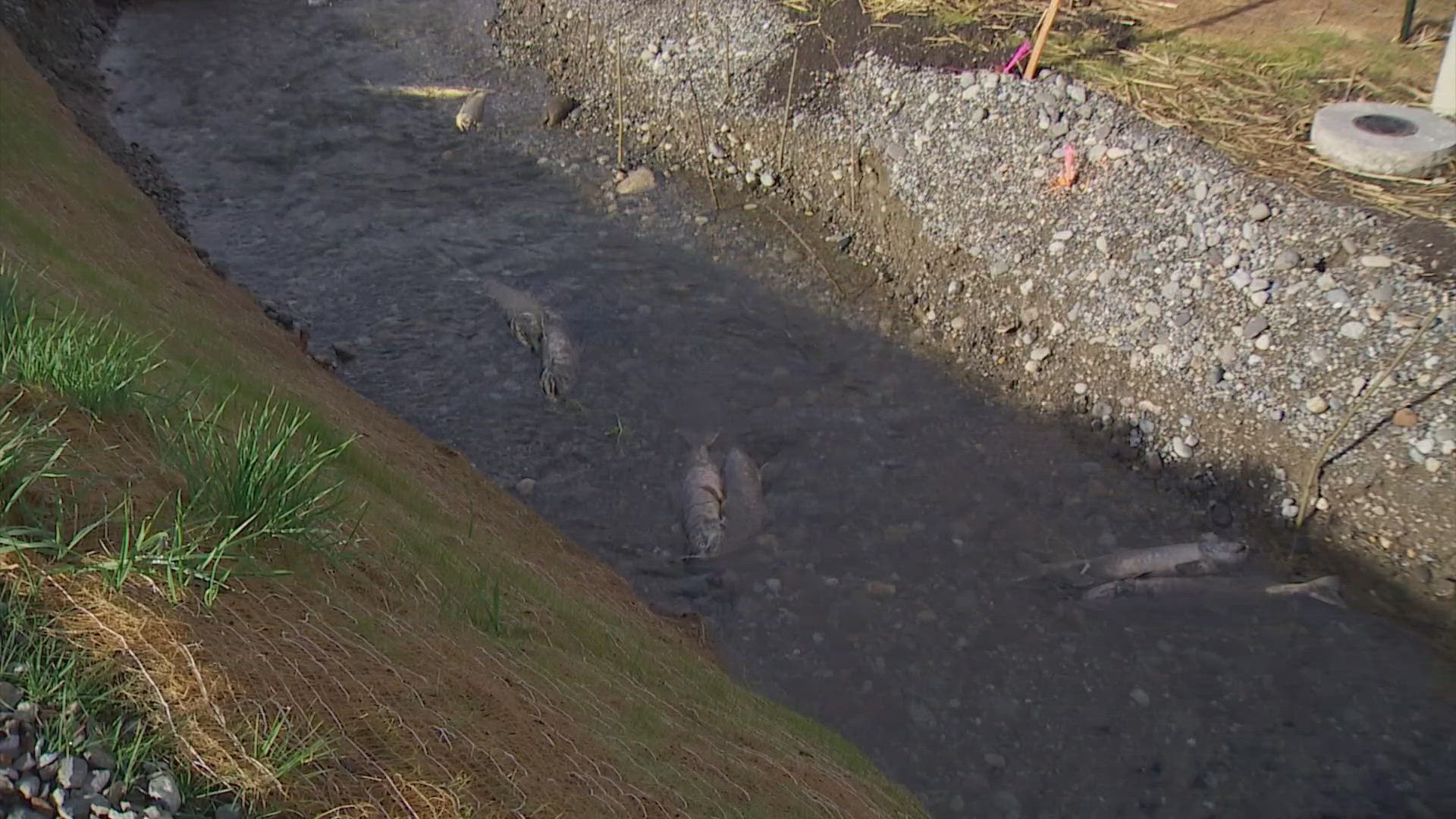Scientists are hoping to speed up efforts to stop the invasion of European green crabs in Puget Sound.
The latest research uses the tiny hearts of green crabs collected in Puget Sound in order to connect their genetics to established populations elsewhere.
"We would be much more effective if we could identify the source for the green crab we're finding. Because green crab come into Puget Sound waters as little tiny larvae floating on ocean currents. If we could identify where those larvae are coming from, we could do a much more effective job of eliminating them," explained UW researcher Sean McDonald.
The crabs might be small, but they can multiply fast and destroy habitat, digging into eel grass beds and turning them into mush. Those areas are important for native species like Dungeness crab and salmon.
The crabs can also eat clams, mussels, and oysters.
Right now, the Washington Sea Grant Crab monitors 52 sites across Puget Sound, the Strait of Juan de Fuca, and the San Juan Islands. During the most recent summer collection time, they trapped 100 crabs but expect more next season.
"To best allocate resources to control European green crab in the Salish Sea, it's critical to understand whether the larvae are coming from outside the Salish Sea from the south (likely up the coast from California), from the north (Barkley Sound or nearby) or from within the Salish Sea (from a human-mediated introduction into Sooke Harbour, BC)," McDonald added in a statement to KING. "Sensitive genetics analyses have demonstrated differences between British Columbia (Barkley Sound) and California populations of green crab, and if Salish Sea green crab could be subjected to those same analyses, managers may have critically valuable information for control efforts.
Tuesday, the group worked with Fisheries and Oceans Canada to trap crabs in Sooke Basin. Those samples will be used for the genetics study.
"Once green crabs get into an area and become really well established, it becomes almost, if not impossible, to actually get rid of them. Right now is really the best time and the only chance we have to effectively intervene if we're going to make a difference in the possible outcome of this invasion," Emily Grason said.
Grason runs the Crab Team program for Washington Sea Grant. She helps people tell the difference between green crabs and native crabs so that volunteers can help stop the invasion. The teams are asking people to take pictures of any crabs they think might be green crabs, then email the Crab Team with information at crabteam@uw.edu.
Researchers are still looking for about $15,000 to process the samples.
For more information on how to get involved, visit Sea Grant Washington.


